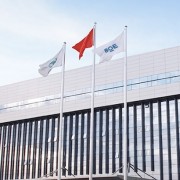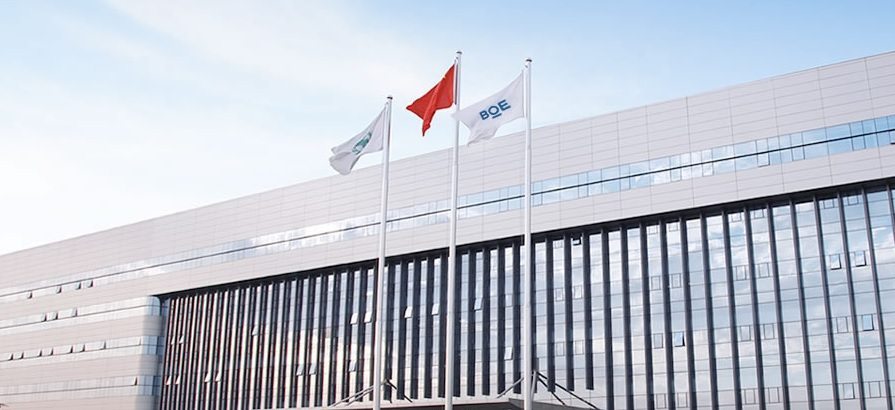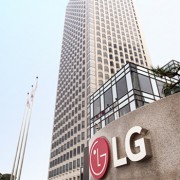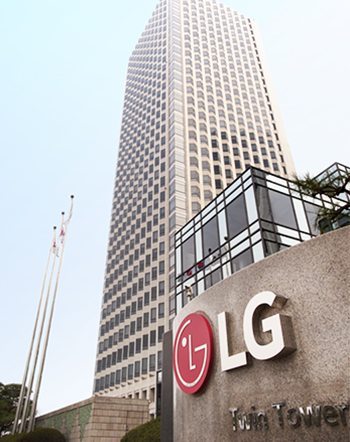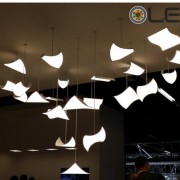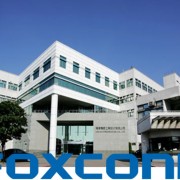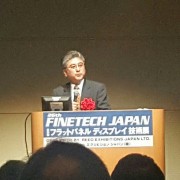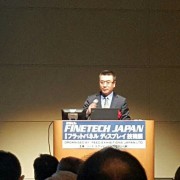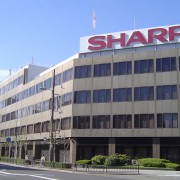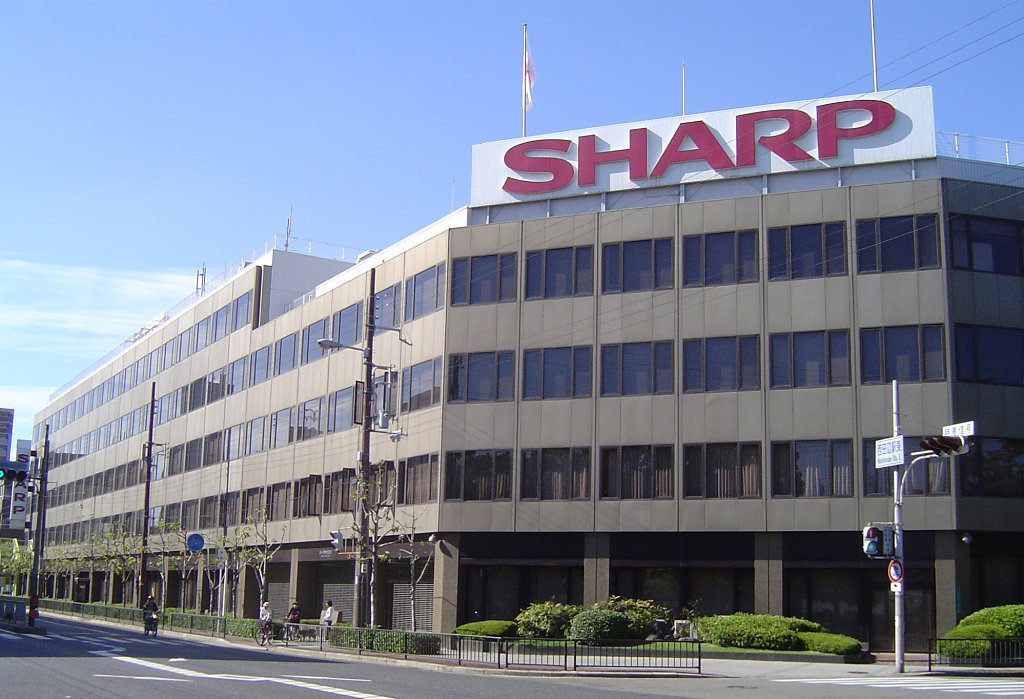2016 AMOLED Market, UBI Forecasts USD 14.8 Billion, IHS 15 Billion…Rapid Growth

2016~2020 AMOLED Market (Source = UBI Research)
Hyunjoo Kang / Reporter / jjoo@olednet.com
The global AMOLED market is estimated to record USD 15 billion in 2016.
According to IHS, market research company, 2016 global AMOLED market is expected to record USD 15 billion, an increase of 25% from 2015. IHS estimates that OLED’s low yield and lifetime are improving, and new markets such as VR are expanding.
IHS’ forecast is similar to UBI Research’s estimation of USD 14.8 billion.
According to UBI Research’s 2016 OLED Display Annual Report, the global AMOLED market is expected to record USD 14.8 billion and maintain the high growth at CAGR of 49% until 2020. The company estimates that the fast growth will be possible due to active mass production of OLED panel for TV and flexible OLED panel for mobile device, and the start of latecomers’ mass production.
Both research companies expect high growth for OLED panel for smartphone and TV.
IHS forecasts that OLED equipped smartphone will occupy up to 21% of the total smartphone market, an increase of 4% from 2015. Furthermore, the company estimates that the OLED TV panel shipment will increase to over 900,000 units, an increase of 125% from last year.
For UBI Research, the company expects the shipment of 4-6 inch panel for smartphone to be 242.9 million units in this year’s OLED panel market. The shipment for 55 inch or larger large size panel for TV is expected to be 1.2 million units.
Meanwhile, this rapid growth of AMOLED market is being led by Korea. 2016 OLED Display Annual Report estimates that AMOLED panels to be produced in Korea are expected to be approximately 270 million units and occupy about 95% of the total shipment. Korea is also estimated to occupy 96% of the revenue for this market in 2016 with USD 14.218 billion.


